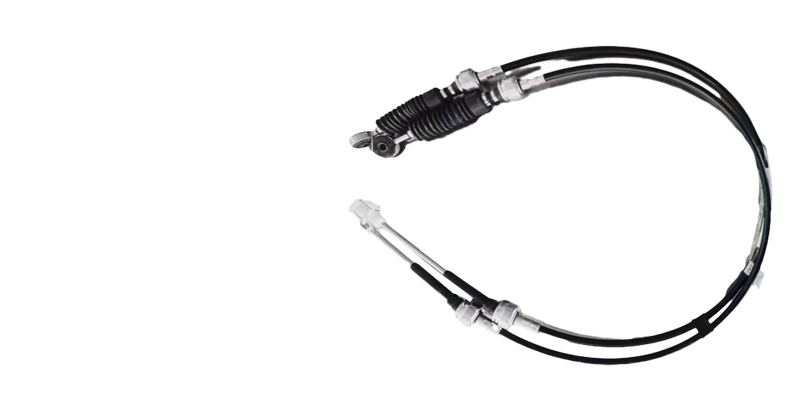hand brake cable
Understanding Hand Brake Cables Importance and Maintenance
The hand brake, also known as the emergency brake or parking brake, is an essential component of any vehicle. It serves a critical role in ensuring that the vehicle remains stationary when parked, especially on inclines or uneven surfaces. At the heart of the hand brake system lies the hand brake cable—an integral part that deserves attention and understanding from every vehicle owner.
What is a Hand Brake Cable?
The hand brake cable is a flexible steel cable that connects the hand brake lever in the vehicle's cabin to the brake mechanisms at the rear wheels. When the driver pulls the hand brake lever, tension is applied to the cable, which then actuates the brake shoes or pads, depending on the type of brake system in the vehicle. This action locks the rear wheels, preventing any movement and thus securing the vehicle in place.
Importance of the Hand Brake Cable
The hand brake cable's importance cannot be overstated. First and foremost, it provides safety by ensuring that the vehicle does not roll away when parked. Whether on a steep hill or in a flat parking lot, the reliable functioning of the hand brake cable is crucial for peace of mind.
Moreover, the hand brake system can also serve as a secondary braking system when the primary brakes fail. In certain driving situations, particularly in older vehicles or in emergencies, the hand brake can be a lifesaver, allowing the driver to slow down or stop the vehicle safely.
Signs of Hand Brake Cable Issues
Like any mechanical component, hand brake cables can wear out or develop issues over time. Recognizing the signs of trouble early can prevent more significant problems down the line. Some common symptoms of a failing hand brake cable include
1. Increased Pulling Force If you notice that you have to pull the hand brake lever with increased force to engage the brake, it may indicate that the cable is stretching or has become frayed.
2. Slippage If the hand brake fails to hold the vehicle in place, even with the lever fully engaged, it could be a sign that the cable is worn out or that the brake components need adjustment.
hand brake cable

3. Noise Unusual sounds such as grinding or squeaking when applying the hand brake may signal that the cable or the brake shoes/pads are damaged.
4. Visible Damage Inspecting the cable visually can reveal signs of wear, fraying, or rust, which necessitate immediate attention.
Maintenance and Replacement
Maintaining the hand brake cable is crucial for its longevity and reliable performance. Regular inspections should be part of your vehicle maintenance routine. Here are some tips to ensure your hand brake cable stays in good condition
- Keep it Clean Dirt, grime, and moisture can lead to corrosion. Regularly clean the area around the cable and ensure that it is free from debris.
- Lubrication Occasionally lubricating the cable can help reduce friction and wear, ensuring smooth operation.
- Adjustments Many vehicles come with an adjustable hand brake system. Check and adjust the cable tension as necessary to ensure optimal performance.
If repairs or replacements are needed, it is advisable to consult a professional mechanic. While some car owners may opt to do it themselves, incorrect installation can lead to safety issues.
Conclusion
The hand brake cable is a small but vital part of the vehicle's safety system. Understanding its function, recognizing the signs of wear, and performing regular maintenance can enhance your vehicle's performance and safety. Taking proactive steps in caring for your hand brake cable ensures that your vehicle remains secure and reliable on the road. Always prioritize safety—your vehicle's hand brake system is as strong as its weakest link, and that often begins with the cable.
-
Upgrade Your Control with Premium Throttle CablesNewsAug.08,2025
-
Stay in Control with Premium Hand Brake CablesNewsAug.08,2025
-
Experience Unmatched Performance with Our Clutch HosesNewsAug.08,2025
-
Ensure Safety and Reliability with Premium Handbrake CablesNewsAug.08,2025
-
Enhance Your Vehicle with High-Performance Clutch LinesNewsAug.08,2025
-
Elevate Your Ride with Premium Gear CablesNewsAug.08,2025
